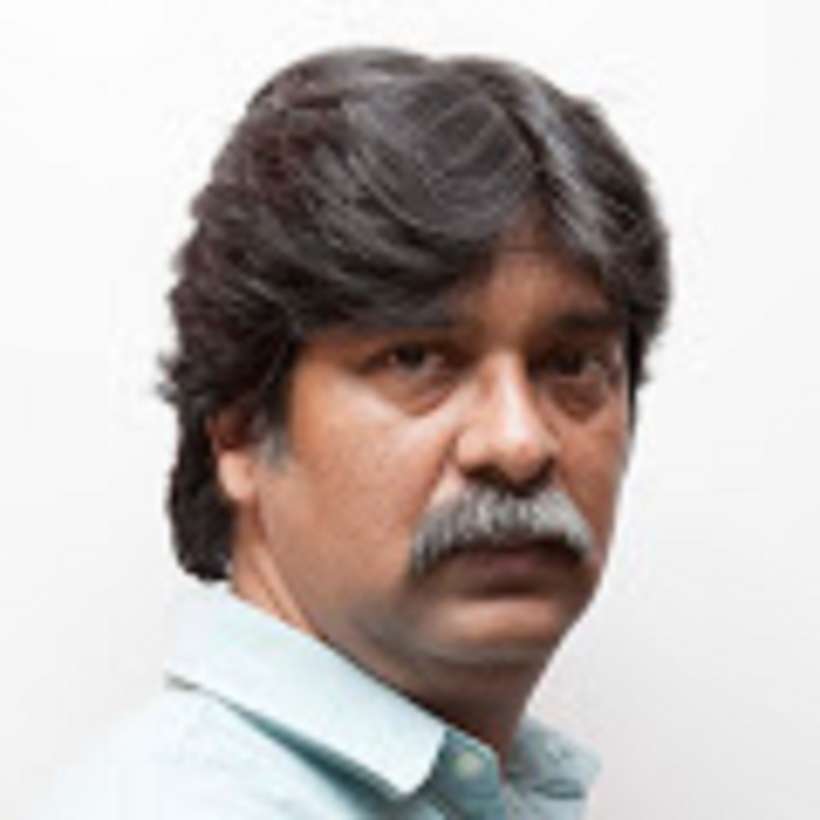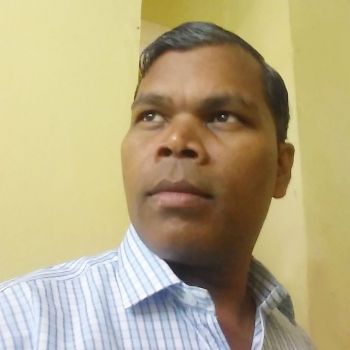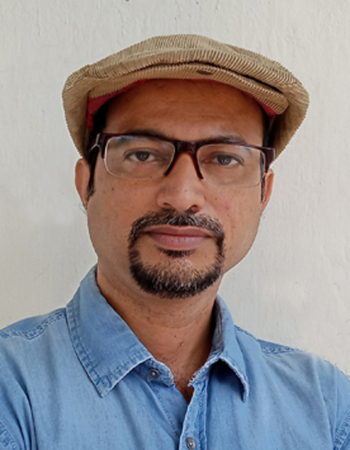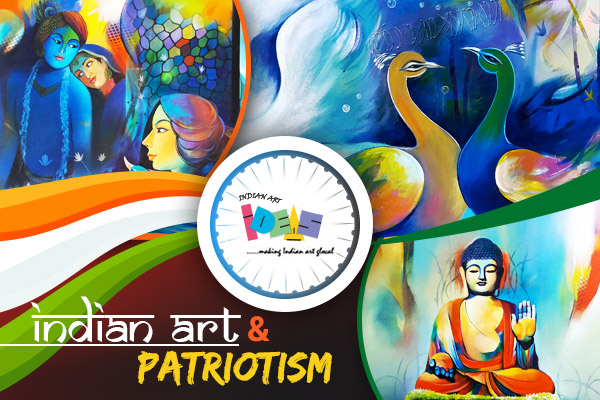
India, as a nation, is quite robust in its ethnic diversity and cultural inheritance. This nation has a history of welcoming different beliefs and people of varied religions and tribes with open hands.
It would be quite arduous to identify the real age of India, but our religious scriptures tell that India is as old as the first civilisation that ever emerged on the face of the earth.
Long before there was any reference of art in history, India has pre-historic ruins with exquisite cave paintings and murals.
Indian art has travelled a long and dramatic journey of thousands of years.
Patriotism, on the other hand, is a term that came into existence in the modern world.
If you search the meaning of Patriotism on Google, it says “the quality of being patriotic; devotion to and vigorous support for one's country”. The term ‘patriot’, however, was incepted in the Elizabethan epoch. It is believed that the term comes from another word ‘patriota’, a Greek terminology, which means countryman.
So, how Indian art and patriotism are related? Thanks to technology and the recorded history, today we can find a lot of patriotic paintings in India that were made a century ago. In fact, artists started making paintings on patriotism from the late 19th century, a trend that still breathes in the Indian art community.
The impact of patriotism on Indian art
It wasn’t until the year 1857, that the word patriotism had any significance in the Indian culture. You must be knowing that the great revolt of 1857 was the very first rising of India against the barbaric and greedy British colonial rule. This was the time that Indians were, for the first time, experiencing a singular emotion that binds them together against the evils of foreign rulers that invaded our land.
And since then, patriotism found a permanent place in India. Coming back to the revolt of 1857; it had a great impact on the people of India from all professions. And 3 decades after that uprising, Indian artists declared war on western art. The iconic Bengal School of Art was made with a view to completely weed out the western art culture.
Dipped in the pride of nationalism, Bengal School of Art was established in the early twentieth century but its foundation was kept by the legendary artist Abanindranath Tagore in the early 19th century only. The ‘swadeshi’ movement for art was led by Tagore.
What led to this mutiny?
The rise of this nationalist feeling in the Indian artists was the result of long oppression and rejection of Indian traditional art values by the British people.
In the year 1700, the British Raj in India launched a totally new genre of art known as ‘Company Paintings’, which was particularly focused to meet the British collectors’ taste. The theme of such artworks revolved around the depiction of flora-fauna, festivals, historic monuments, and exotic people. These artworks were primarily created by watercolours.
Even prominent Indian artist like Raja Ravi Varma also adopted this technique and won accolades globally.
Beginning of the Swadeshi movement
You might have seen a lot of paintings on patriotism in the present epoch. Patriotic sketches of India, artists practicing poster making on Indian patriotism, and similar are sourced from the Swadeshi movement for the artists that started in the late 19th century under the leadership of Abanindranath Tagore.
Amusingly, the first brick of this movement was placed by an English gentleman named as Ernest Binfield Havell. As a principle of the Government College of Art, Calcutta (now Kolkata), Havell encouraged the Indian students to develop more Mughal miniatures. According to Havell, artworks like Mughal miniatures reflect Indian’s spiritual attributes while the academic style was more of a materialistic vision of the west.
This is when Abanindranath Tagore supported Havell and went on to incept the famous Bengal School of Art.
The famous patriotic paintings India
The commencement of Bengal School of Art was totally dependent on the idea of nationalising the art community in India. Several conceited ideas took birth in this school but only a few were able to leave an unforgettable impression.
For instance, the utilization of ingredients like tempera or sombre colour palette with limited shading, the Ajanta style, the Mughal paintings, the Rajasthani, and the Pahari genres were the famous give away of Bengal School of art. Motifs swirled around the representation of historical events, portraits, mundane life routines, and landscapes.
Coming to the well-known paintings on patriotism, ‘Bharat Mata’ by Abanindranath Tagore becomes the first of the artworks that ignited the fire of nationalism in India.
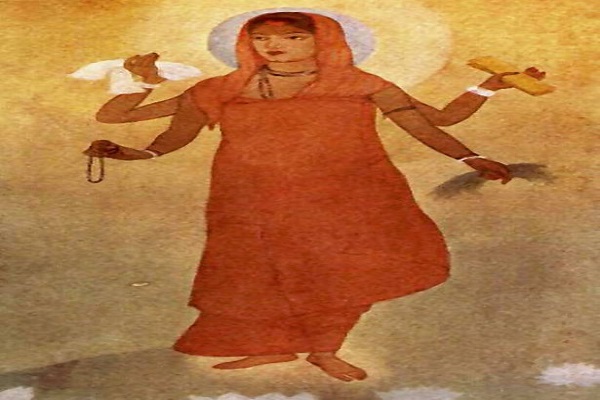
In this mesmerising depiction, Tagore illustrated a young woman with four hands, where each hand holds a symbolic object of India’s national hope.
Another famous painting is Nandalal Bose’s illustration of Mahatma Gandhi in Black and White. Being an iconic figure in the national movement of India, it was quite obvious that Gandhi was the centre of subject matter for the artists.
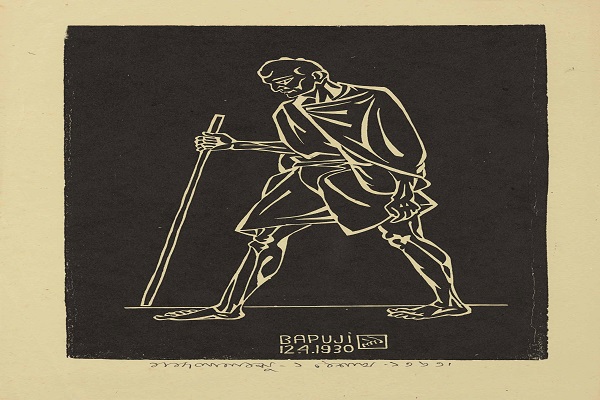
However, Nandalal Bose crafted this ecstatic portrait of Gandhi when the latter was arrested for protesting the British tax on salt. The artwork was made in 1930.
Painting on Patriotism in contemporary times
If you are looking for posters made on Indian patriotism, Bhawana Dubey’s famous work – ‘Home of the Free because of the Brave’ should be your first choice.
This impeccable artwork depicts the Bravehearts of India’s struggle.
Another incredible painting would be the representation of horrendous Jallianwala Baug massacre where CN Row has superbly brushed down the terrible act on the Shaheed Samarak monument in Gole Bazaar Jabalpur.
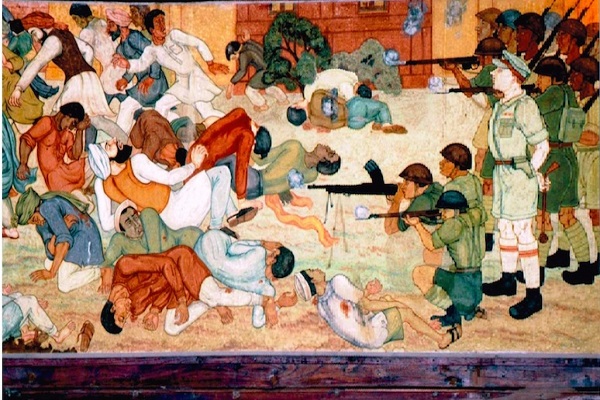
Who could forget the brutal and cold-blooded assassination of Mahatma Gandhi by Nathuram Godse? That incident still haunts many people. Syed Haider Raza, one of the prominent modern artists of the last century, create a spectacular representation of the last two words spoken by Gandhi before he left this world –‘Hey Ram’. This textual depiction is another great artwork that can be added in the list of patriotic paintings in India.











.jpg)

